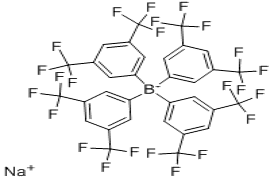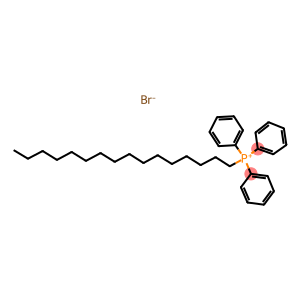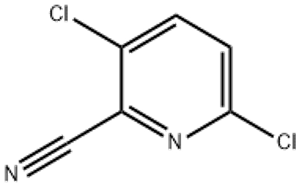Linalyl acetate(CAS#115-95-7)
| Hazard Symbols | Xi – Irritant |
| Risk Codes | R36/37/38 – Irritating to eyes, respiratory system and skin. R38 – Irritating to the skin |
| Safety Description | S26 – In case of contact with eyes, rinse immediately with plenty of water and seek medical advice. S36 – Wear suitable protective clothing. S37 – Wear suitable gloves. S24/25 – Avoid contact with skin and eyes. |
| UN IDs | NA 1993 / PGIII |
| WGK Germany | 1 |
| RTECS | RG5910000 |
| HS Code | 29153900 |
| Toxicity | LD50 orally in Rabbit: 13934 mg/kg |
Introduction
Brief introduction
Linalyl acetate is an aromatic compound with a unique aroma and medicinal properties. The following is an introduction to the properties, uses, preparation methods and safety information of linalyl acetate:
Quality:
Linalyl acetate is a colorless to yellowish liquid with a strong fresh, aromatic aroma. It is insoluble in water but soluble in alcohols and organic solvents. Linalyl acetate has high stability and is not easy to be oxidized and decomposed.
Use:
Insecticides: Linalyl acetate has the effect of insecticide and mosquito repellent, and is often used to make insect repellents, mosquito coils, insect repellent preparations, etc.
Chemical synthesis: Linalyl acetate can be used as a carrier of solvents and catalysts in organic synthesis for the synthesis of other organic compounds.
Method:
Linalyl acetate is generally prepared by the esterification reaction of acetic acid and linalool. The reaction conditions generally require the addition of a catalyst, usually using sulfuric acid or acetic acid as a catalyst, and the reaction temperature is carried out at 40-60 degrees Celsius.
Safety Information:
Linalyl acetate is irritating to human skin, and care should be taken to protect the skin when in contact. Wear gloves and goggles during use and avoid direct contact with skin, eyes, and mucous membranes.
Long-term or large exposure to linalyl acetate may lead to allergic reactions, potentially at greater risk to people with allergies. If discomfort occurs, discontinue use immediately and consult a physician.
During storage and use, it should be kept away from fire sources and high temperature environment, avoid volatilization and combustion of linalyl acetate, and properly seal the container.
Try to avoid contact with strong oxidizing agents to avoid dangerous reactions








